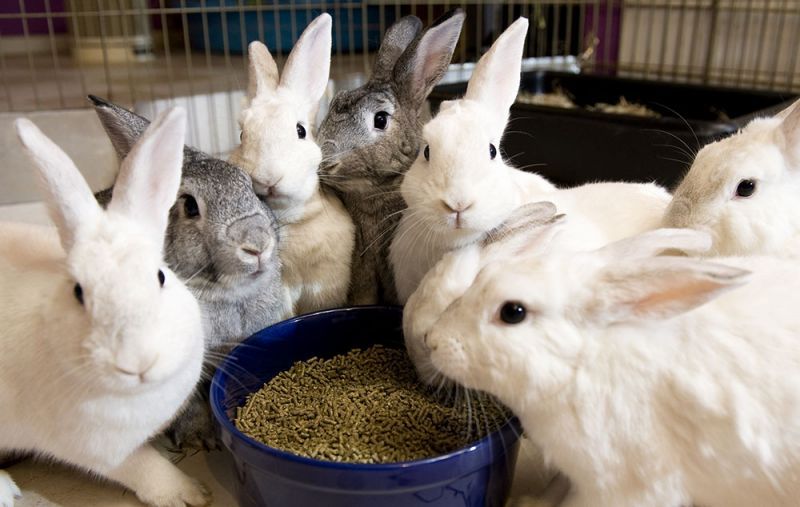Community building with your supporters
While having solid operations is crucial, it won't mean as much if you don't have a way to get your message out

Website
Building a good website is essential to your operations. Your website is often the first place people come to get to know your organization, so make sure it tells a story. There are many programs out there that make it easy to build a website, even if you do not have any computer programming experience. Having a clear and professional website will allow you to make the best possible impression on potential supporters.
Some items you should post on your website are: Your organization’s contact information, including email, phone number, city and state; your mission statement; a list of staff and board members; a current list of adoptable animals; information on how to adopt, foster, and volunteer; and a very easy way for people to donate.
Many of the universal pet adoption sites (e.g., Petfinder, Petango) make it easy to link your list of adoptable pets to your organization’s website. Many software programs will update the list on the pet adoption site and your webpage simultaneously.
Social Media
Using social media is one of the best ways to build a community for your organization. It is great for marketing your rescue, showcasing adoptable animals, engaging new and existing supporters, recruiting additional foster providers and volunteers and fundraising. The list of social media applications is growing by the day. Think about which sites will work most effectively for your organization, as well as how many you will have time to keep current. Remember, if you open up a dialogue with supporters, responding to their comments and questions in a timely manner is an essential part of maintaining good customer service.
Think of your website as a one-way conversation that allows you to disseminate information about your organization, and view social media as a tool that allows you to have a two-way conversation with your supporters. It is important to create a social media policy so that your organization is strategic in terms of the content and timing of any posts. This is especially important when more than one person has access to the organization’s social media account. You want to ensure that your messaging is consistent across every medium you use. Thus, it is a good idea to have at least one person in charge of monitoring your group’s postings and ensuring that inquiries are answered in a timely manner. Social media is also a great way to show you are part of a team by giving praise or “shout-outs” to partner organizations.
Keep the posts interesting and diversify the content to hold the attention of your supporters. For example, showcase an animal ready for adoption, next make a fundraising appeal for an animal in need of extensive medical attention and then follow up with an announcement about your upcoming adoption events. Use stories that pull on the heartstrings sparingly and be sure to show the end result—“before and after” photos make it easier for your viewers to handle the difficult parts of the story.
It is important to keep your followers updated on all action requests, whether you are asking them to donate for medical costs or meet a special need to foster or adopt an animal, so that your supporters remain engaged and ready to help again.
Above all, remember to always be professional in your postings and comments—your online presence is the face of your organization and you want it to be a positive one.


